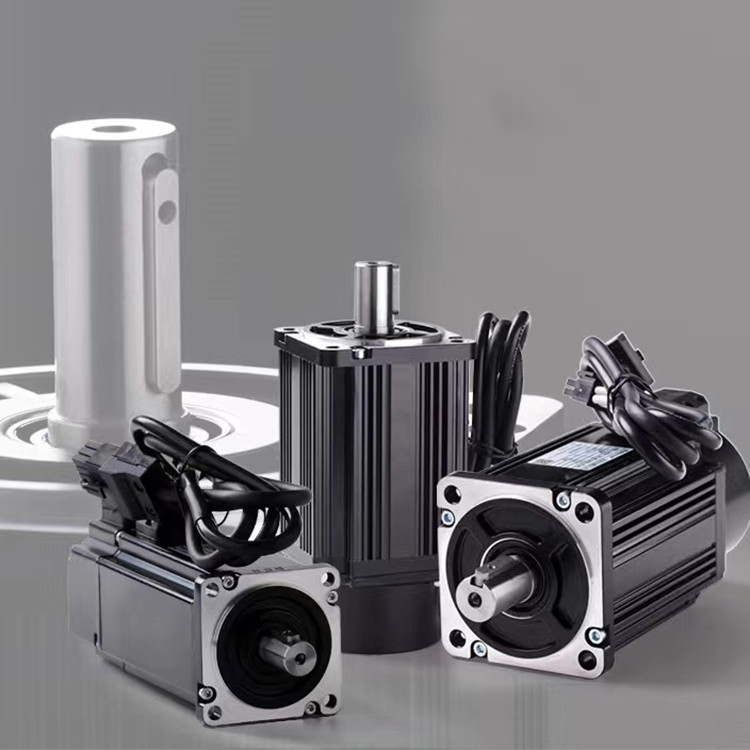01 Characteristics of Permanent Magnet Motor Magnets:
- Simple shapes, commonly rectangular, tile-shaped, etc., with a tendency for cost-reducing designs to adopt embedded square magnets.
- Easy magnetization process, either single-pole or multi-pole radial magnetization.
- Technical requirements include high temperature stability, consistent magnetic flux, and strong adaptability.
- Magnetic energy product and coercivity are mainly in the medium to high range, with electric vehicle drive motors focusing on high magnetic energy product and high coercivity.
- Segmented bonding enhances insulation performance, and epoxy coatings further strengthen insulation.
02 Key Inspection Items for Motor Magnets:
- High temperature stability: Testing open-circuit, semi-open-circuit magnetic decay, and high-temperature demagnetization curves.
- Magnetic flux consistency: Strictly required, as any inconsistency can affect motor performance. Control of remanence, dimensional tolerance, and chamfer coating consistency is necessary.
- Adaptability: Consideration of details such as angles and radii, with custom-made profiling fixtures for inspection.
03 Issue of Motor Magnet Detachment:
- Magnets are fixed with adhesive, theoretically tightly held by magnetic force, but detachment can occur in practical applications.
- It is important to ensure that the magnet and fixing surface are conformal, with adhesive reinforcement.
- Loss of magnetism at high temperatures weakens the attractive force, and vibration may lead to detachment, causing friction and damage between the stator and rotor.

